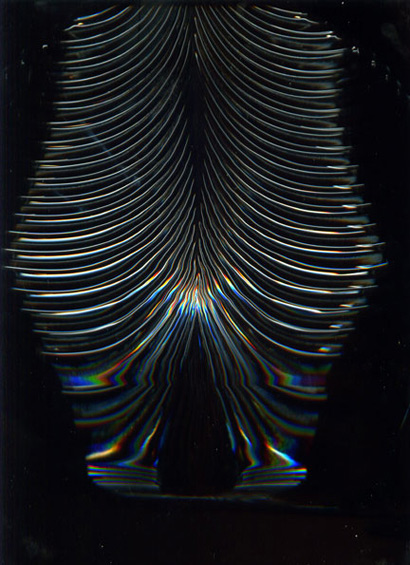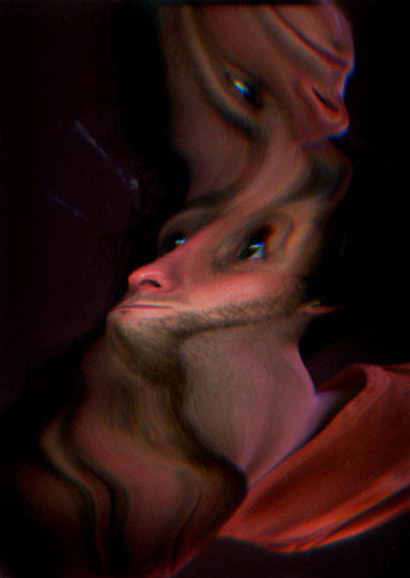
| technic |
| artists |
| links |
| material |
| contact |
| home | bibliography | scannotique |
| exhibitions |
![]()
Jens Standke

Analog Digital Diffusion

Kopf

Rücklinks
|
| Jen's 2011 works | ||
I was working with a "Crusescanner CS 220 ST" in the beginning of this year. So at first I was doing some body-scanning and moving with the same iconography as on a flatbedscanner but it is really interessting: The real project is this work: My main idea was, to express a process - the scan-process. Because to capture a scan takes really much more time than taking a picture! So this But the conceptional idea behind this is that you can not see this process in the reality: You can just see the beginning with a few color in the water And another effect is produced by the moving color: Because this motion brings artefacts into the scan-picture. (e.g. Black white orange and red cannot mix blue green or magenta) it is an analogue/digital diffusion - Jen's intentions My background is printmedia. So I am used to the digital image. For applying for the Academy of Media Arts, Cologne, I have to broach the issue of invisibility. Therefore I examine the relationship of time, movement, reflections and visual perception. Why scanner The scanner ist the optimal device for examinating the perception of movement. Because capturing image data by scanning enables to capture data in a modifiable period: the result is one sharp image. The result of photographing by time exposure is a blurred image, which is known for a long time. I like the high resolution and the lighting. Especially the light which is emitted by the scanner and is reflected by mirror finish is one of my main issue. At the moment I extend my analysis of movement to the field of 3D-Body-Scanning. How to scan ? For getting images like these there are only a few steps:
See more of Jen's creations For more informations See more videos (how to scan) All Images Copyright |
||








